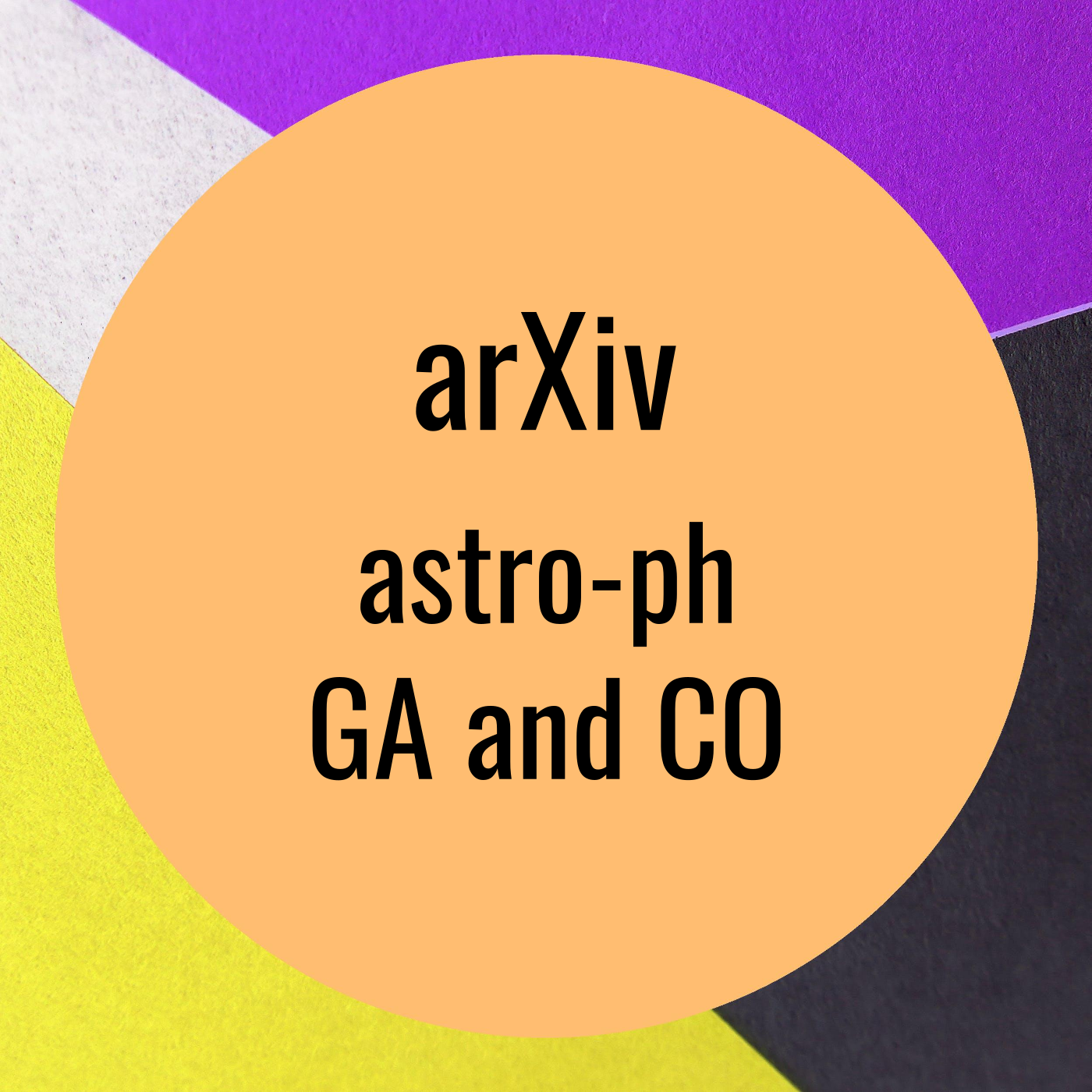Dynamics in the outskirts of four Milky Way globular clusters: it's the tides that dominate
Description
Dynamics in the outskirts of four Milky Way globular clusters: it's the tides that dominate by Zhen Wan et al. on Wednesday 30 November
We present the results of a spectroscopic survey of the outskirts of 4
globular clusters -- NGC 1261, NGC 4590, NGC 1904, and NGC 1851 -- covering
targets within 1 degree from the cluster centres, with 2dF/AAOmega on the
Anglo-Australian Telescope (AAT) and FLAMES on the Very Large Telescope (VLT).
We extracted chemo-dynamical information for individual stars, from which we
estimated the velocity dispersion profile and the rotation of each cluster. The
observations are compared to direct $N$-body simulations and appropriate {\sc
limepy}/{\sc spes} models for each cluster to interpret the results. In NGC
1851, the detected internal rotation agrees with existing literature, and NGC
1261 shows some rotation signal beyond the truncation radius, likely coming
from the escaped stars. We find that the dispersion profiles for both the
observations and the simulations for NGC 1261, NGC 1851, and NGC 1904 do not
decrease as the {\sc limepy}/{\sc spes} models predict beyond the truncation
radius, where the $N$-body simulations show that escaped stars dominate; the
dispersion profile of NGC 4590 follows the predictions of the {\sc limepy}/{\sc
spes} models, though the data do not effectively extend beyond the truncation
radius. The increasing/flat dispersion profiles in the outskirts of NGC 1261,
NGC 1851 and NGC 1904, are reproduced by the simulations. Hence, the
increasing/flat dispersion profiles of the clusters in question can be
explained by the tidal interaction with the Galaxy without introducing dark
matter.
arXiv: http://arxiv.org/abs/http://arxiv.org/abs/2211.16659v1
More Episodes
Disturbed, diffuse, or just missing? A global study of the HI content of Hickson Compact Groups by M. G. Jones et al. on Wednesday 30 November
Hickson Compact Groups (HCGs) are dense configurations of 4 to 10 galaxies,
whose HI (neutral gas) morphology appears to follow an evolutionary sequence...
Published 11/30/22
Dissecting the interstellar medium of a z=6 3 galaxy: X-shooter spectroscopy and HST imaging of the afterglow and environment of the Swift GRB 210905A by A. Saccardi et al. on Wednesday 30 November
The study of the properties of galaxies in the first billion years after the
Big Bang is one of...
Published 11/30/22
Dissecting the interstellar medium of a z=6 3 galaxy: X-shooter spectroscopy and HST imaging of the afterglow and environment of the Swift GRB 210905A by A. Saccardi et al. on Wednesday 30 November
The study of the properties of galaxies in the first billion years after the
Big Bang is one of...
Published 11/30/22


